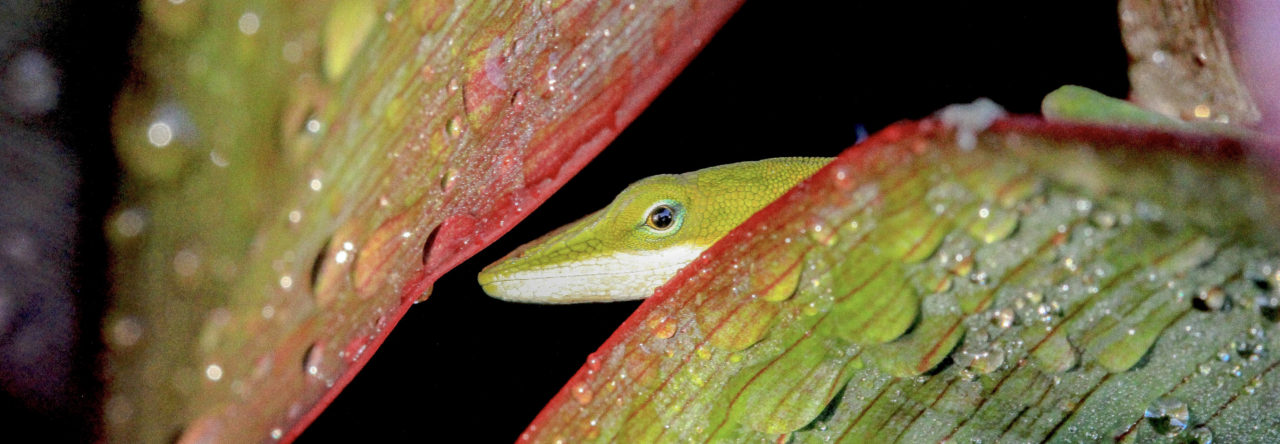
You can access the report here.
Previous Anole Annals posts on A. roosevelti–some guaranteed interesting!–can be found here.
Latest posts by Jonathan Losos (see all)
- Evolution in Real Time on Lizard Island - March 23, 2025
- Spider Snags Adult Anolis osa - March 22, 2025
- An Homage to the Green Anoles of New Orleans - March 21, 2025


Liam Revell
It’s an interesting report. Thanks for sharing. Meanwhile I’ll still hold out hope that Anolis roosevelti is out there somewhere!
I would disagree with the report authors’ interpretation of our 2015 (primarily methodological paper): “In 2015, Revell et al. published a study that investigated the phylogenetic position of Anolis roosevelti using the species’ morphological characteristics and evolutionary correlations with extant species. Anolis roosevelti was placed in the phylogenetic tree of Greater Antillean Anolis lizards, finding that A. roosevelti is a sister lineage to A. equestris, a clade of morphologically and ecologically similar species commonly known as the Cuban crown‐giant anole, which is currently found in Cuba.”
This statement is prima facie wrong — simply because no phylogenetic study ever finds that taxon [a] **IS** sister to taxon [b]: only that the preponderance of evidence indicates one relationship or another.
In addition, however, in our study (based on morphological data for continuous characters — hardly the gold standard of evidence) we found that the most likely placement of roosevelti was near equestris — but neither could we reject (P = 0.26!) the more parsimonious hypothesis of roosevelti as sister lineage to cuvieri.
No doubt this is our fault for failing to properly communicate the implications of our analysis! I didn’t imagine it would one day end up in a government, species-status report.